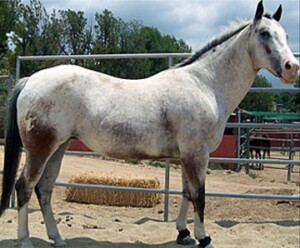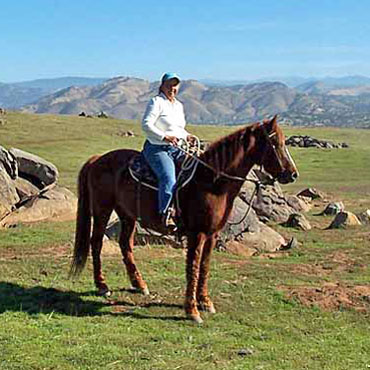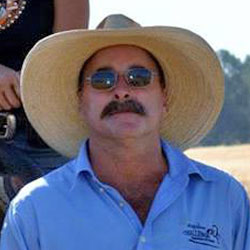What Is Equine Insulin Resistance
It was thought 30 years ago that horses were immune to the affects of IR or Diabetes. Horses are alleged to have been on planet Earth for 4 million years. So why in such a relatively short period of time are horses so dramatically compromised by diabetes? What is Equine Insulin Resistance?
Many would say that the grasses have changed and are no longer the same. Which may be true. But to collapse the horse which has been capable of adjusting to it’s environment well enough to survive 4 million years….I disagree!
The cells of the horse can only accept and use so much glucose into energy for bodily functions or fat which is stored energy. When the cells can no longer receive or accept anymore glucose because they are filled to the brim with unused glucose, the cell wall becomes ‘Insulin Resistant’. Therefore the concentration of circulating glucose in the bloodstream gets higher and higher.
In very simple terms the cell wall “just says NO” to the affects of insulin. They refer to this loud “NO” as Insulin Resistance.
IR horses typically have no energy, frequent urination, mares will have cycling difficulties, can not catch or carry a foal, their eyes can be cloudy, they sweat profusely with very little work. Their coat lacks luster and is typically longer and some times seemingly curly and slow to shed in the spring or summer. These signs and symptoms are not to be confused with Cushings. IR and Cushings are two completely different disease processes . They are not mutually exclusive.
A horse may be IR and not have Cushings, or have Cushings and not IR, or they may have both. A blood test can rule out or confirm. The IR horses hooves tend to be more prone to laminitis and founder and their immune system is generally very poor, making them more prone to other systemic infections. Many of these horses will test negative for Cushings.IR horse’s blood levels are, as one might expect, high in both glucose and insulin and the blood panels are all messed up because this horse is not metabolically balanced.
If your horse is IR or metabolically challenged due to a diet of processed food….you will generally see a fatter horse with fat deposits behind the shoulder, along the spine and rib cage, at the dock of the tail, around the sheath, in front of the udder, on the rump and the crest. These fatty deposits may feel hard to the touch.
Many horses thought to be IR and/or Cushings may be HYPO-thyroid. For more info on this, visit the Equine Insulin Resistance & Equine Hypothyroidism page.
Why we are seeing IR in horses in epidemic numbers
Horse owners in recent years have been introduced and marketed to more and more commercial foods which typically contain a great deal of byproduct waste. This byproduct waste material is what remains of the original whole food which is processed for human consumption. For Example: wheat middlings or wheat milrun, rice bran, beet pulp, soy bean hulls, soy oil, soy meal, Distiller’s Dried Grain solutes, feed grade molasses, ground corn, Distiller’s fermentation solutes, ground cotton seed, almond hulls, flax meal…on and on.
The processing of these foods materials removes the vast majority of the food’s natural qualities such as their antioxidative qualities, the phenolic compounds, dietary fiber, the fats or oils, selenium, the phytoestrogens and more. These foods many times become “dead” foods, especially the foods which have been stabilized to prevent them from going rancid. These are also called Hollow Calories.
Byproduct Waste
This byproduct material is digested very quickly and the glucose is released very quickly into the bloodstream. Another way this phenomenon is described…the glucose index will spike. When this high glucose level is elevated the pancreas will produce more insulin, in the horse who has been grazing for 4 million years for 18 hours a day in it’s environment, naturally produces insulin 24/7. Insulin triggers the cell walls of the horse to freely accept glucose or sugar from the bloodstream.
Please read those feed labels…if you see that the first 6-7 items are byproduct waste products…that is what you are feeding your IR horse or soon to be IR horse, per volume. Those vitamins and minerals in a 50 pound bag of feed are not very much volume wise. The vast majority of that bag of processed feed by volume is byproduct waste, wheat middlings or wheat milrun, rice bran, beet pulp, soy meal, soy hulls, soy oil, Distiller’s Dried Grain solutes, feed grade molasses, Distiller’s fermentation solutes, almond hulls, ground corn, flax meal…etc
Negative Energy Balance
Many of these IR horses suffer from Negative Energy Balance….insofar as this horse is metabolically deficient, the horse thinks it will get what it needs metabolically from the next bite. This metabolic status creates a physical, emotional and mental panic….the horse appears to be singularly focused on food and the acquisition of food. Many of these horses are on low starch diets, their forage is soaked and a host of ever changing supplemental ingredient amounts. The horse acts as if it is being starved to death.
Exercise
Your IR horse’s cells and bloodstream are packed full of energy….called glucose or cellular energy. Your horse needs to burn off the cellular energy, after which the cells become more receptive to the effect of insulin, your horse’s glucose blood levels drop and then your horse’s body begins to convert stored energy, which is fat back into glucose to give your horse more energy for bodily functions and exercise. The horse engine should be started every day, the IR horse’s engine MUST be started everyday.
Equine Challenge™ IR Protocol
In order to address this diet related condition…one must restore the metabolic balance to the horse which can only happen if we remove the processed byproduct waste as described earlier. When more whole foods are returned to your horses diet, the digestion will be slowed and your horse will be in a much better position to adjust to the glucose levels…..one must restore the metabolic balance with the forage specific Equine Challenge™ Vitamin and Mineral package and the rest of our IR protocol for IR horses.
Please contact us
- If you are unhappy with the current progress of your IR horse given the IR protocols you are using
- If you feel as if your IR horse is getting no where very slowly
- If you are considering putting down your IR horse
- If your IR horse is just living and not thriving given your current program




